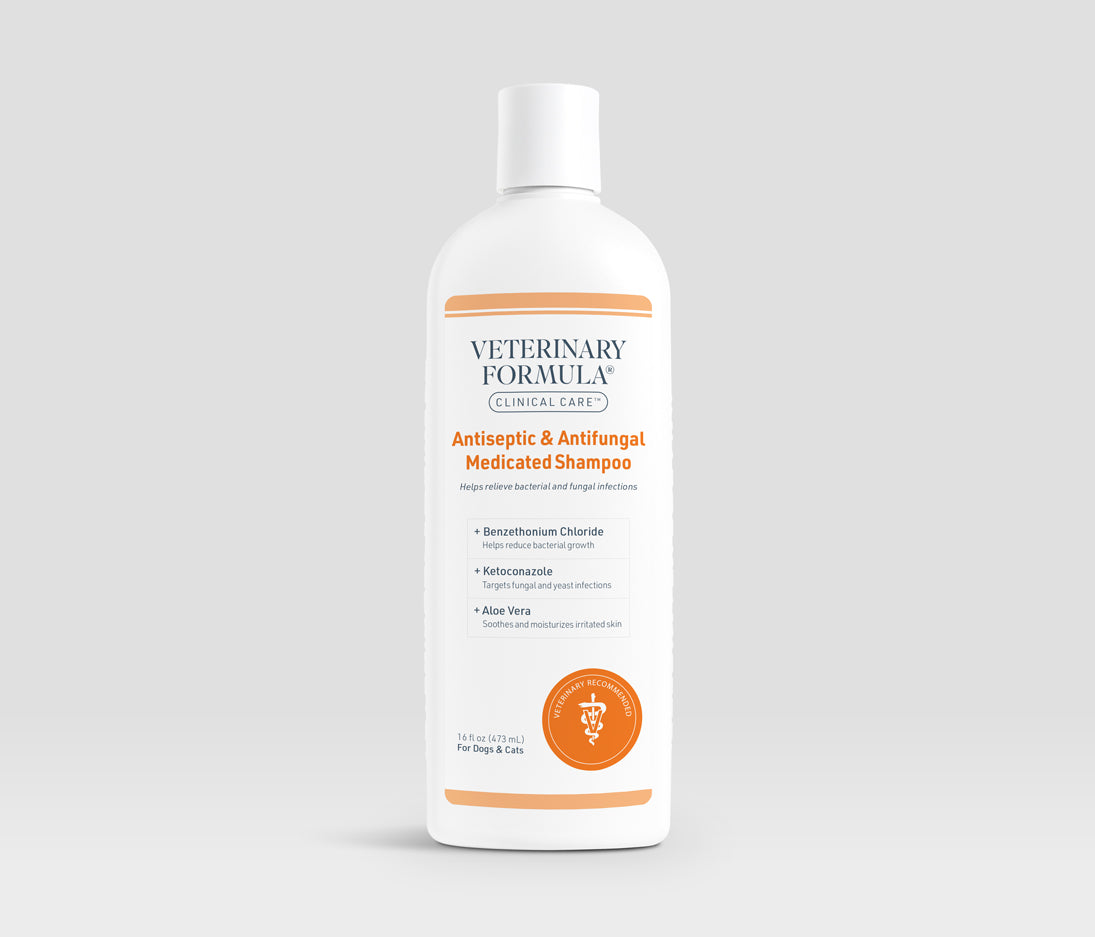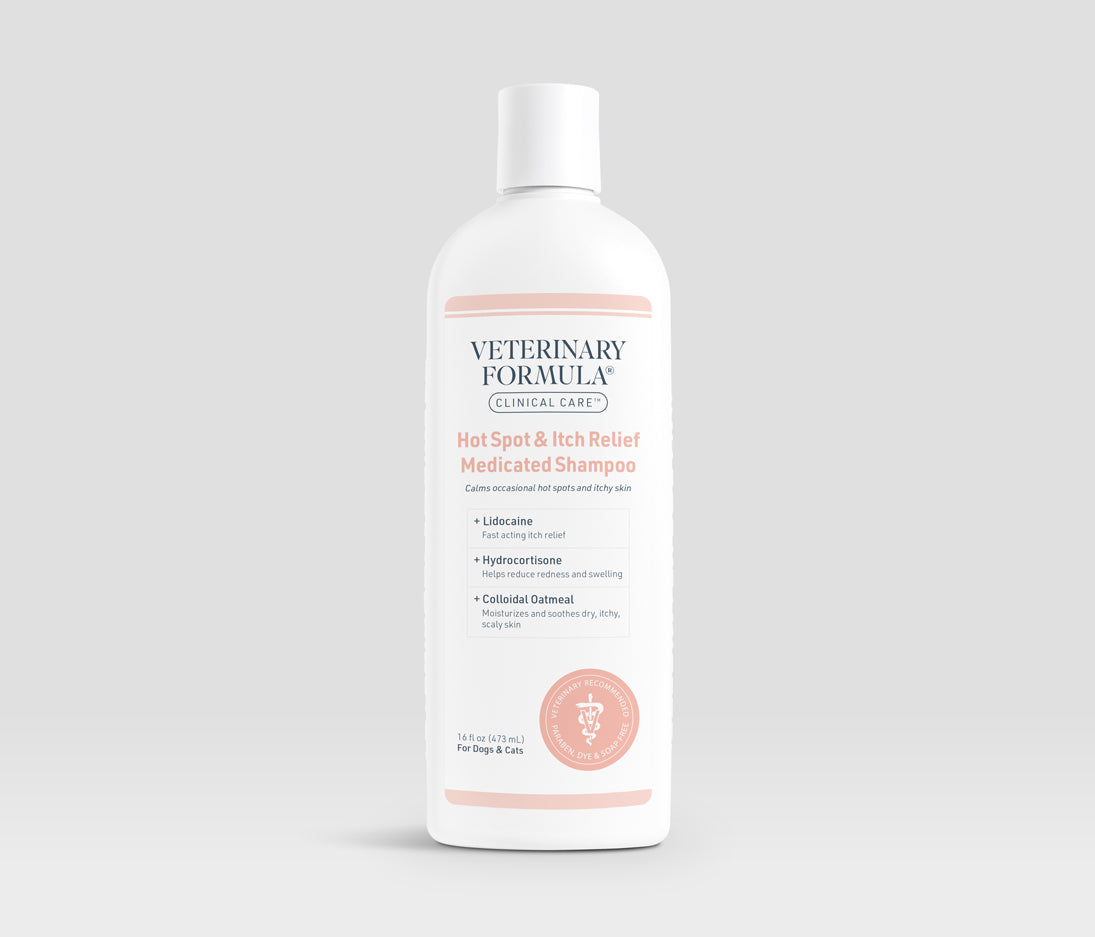Ever heard the one about the person who brought their pet turkey on a flight as an emotional support animal? Or the woman who took her service miniature horse on a plane?
With so many stories circulating about service and emotional support animals, it’s easy to get confused. What’s the difference? What rights do they have?
Over the past several years, the American with Disabilities Act (ADA), Air Carrier Access Act and Fair Housing Act have gotten stricter when it comes to the definition of a service animal, as well as what rights service animals and emotional support animals have.
Here is everything you need to know to understand the difference between service animals and emotional support animals.
Service Animals
Most people are familiar with guide dogs, sometimes also called seeing eye dogs or leader dogs (though both of those are brand names). But guide dogs aren’t the only type of service animal out there.
In the Americans with Disabilities Act, service animals are defined as: “a dog that is individually trained to do work or perform tasks for a person with a disability.”
Let’s break that down for a minute.
First, according to the ADA, the only species of animal that qualifies as a “service animal” is a dog.
But there is one exception in the fine print of the law. Miniature horses also qualify as service animals, but their legal rights are more restricted than dogs.
Second, service animals must perform specific tasks related to their handler’s disability to be considered a “service” animal.
Because the ADA’s definition of what is a disability includes “physical, sensory, psychiatric, intellectual, or other mental disability,” the range of tasks a service animal can be trained for is varied.
Some things a service dog can do include:
- help blind people get around
- signal deaf people to sounds, such as the phone ringing or a knock on the door
- alert their handlers when a seizure is imminent
- alert their handlers to an oncoming hypoglycemic or hyperglycemic event
- detect, signal, and ease the effects of a psychiatric episode
- help those with limited physical movement with things like opening doors or fetching and carrying items
Some things a service miniature horse can do include:
- Push and pull heavy objects
- Provide balance assistance
- Help visually-impaired people get around, particularly in low-light environments
- Fetch and carry items for people with limited mobility or physical ability
Service Animal Rights
The ADA gives service animals, particularly service dogs, full “public access rights.” This means they are allowed to go wherever their handlers go, even when animals are forbidden.
This includes onto planes, into restaurants, hotels and stores, and even into hospital rooms. This also includes housing. Apartment buildings that don’t allow pets must permit service animals.
There are some exceptions. For instance, a facility can keep service dogs out if its presence may compromise safety requirements, like in a hospital operating room.
There are also rules for how service animals (dogs and mini horses) must behave.
First, to enter any facility, service animals must be housebroken. Second, the service animal must be under the handler’s control at all times.
Third, the facility must be able to accommodate the service animal’s size and weight. This third rule is why airlines no longer permit service miniature horses onboard. It’s also why most airlines can limit the size of a service dog permitted onboard.
Finally, service animals must not compromise any safety regulations in place for the safe operation of the facility. Nor can they pose a danger to other members of the public.
Service Dogs and Airlines
As mentioned above, service animals have full access rights to airplanes. This only applies to service dogs and each airline has its own set of specific rules.
For instance, on United Airlines a service dog must sit in the floor space in front of its handler’s assigned seat and cannot extend into the aisles or the foot space of adjacent travelers. Service dogs are also prohibited from sitting in exit rows.
The rules are similar on Delta. Service dogs must sit in the floor space below its handler’s seat or on their lap. They cannot “exceed the footprint of the passenger’s seat.”
On American Airlines, service dogs must be able to fit at its handler’s feet, under their seat, or in their lap. Lap dogs, furthermore, must be smaller than a 2-year-old child. Service dogs may not sit in an exit row, protrude into or block aisles, occupy a seat or eat from tray tables. The line further prohibits any dog that growls, bites (or attempts to bite), jumps or lunges at people.
Travelers with service dogs should check with their airline well in advance of their flight for instructions. Most airlines require travelers to submit official documents 48 hours or more before flying.
Service Animal VS Emotional Support Animal
Let’s go back to the ADA definition of a service animal for a minute. A service animal is “a dog that is individually trained to do work or perform tasks for a person with a disability.”
The key phrase here is "trained to do work or perform tasks." Therein lies the difference between a service animal and an emotional support animal.
Emotional support animals ease the symptoms of mental illnesses simply with their presence. They need no formal training. And, they don’t perform any specific disability-related tasks. They do ease anxiety, depression, loneliness, and even some phobias. For some people with mental illnesses, an emotional support animal can be the difference between life and death.
To have legal status as an emotional support animal, a licensed health care or mental health professional must write a letter prescribing the animal as part of the patient’s mental health treatment.
Emotional support animals can be any species, though dogs and cats are the most common. But you’ll also find plenty of info online about emotional support birds, rabbits, horses, and more.
Unlike service animals, emotional support animals have limited legal rights.
One more note before moving on. Though a psychiatric service dog (PSD) sounds like it would be an emotional support animal, it is not. PSDs can and do offer emotional support, but they also perform specific tasks. Like alerting their handlers to upcoming episodes or reminding them to take medication. As with other service dogs, psychiatric service dogs have full public access rights and housing privileges.
Emotional Support Animal Laws
When it comes to the law, emotional support animals have limited rights under the Fair Housing Act.
According to the Fair Housing Act, an assistance animal is any animal that “works, provides assistance, or performs tasks for the benefit of a person with a disability, or that provides emotional support that alleviates one or more identified effects of a person’s disability.”
People with a disability can request to have an assistance animal live with them, even if the accommodation in question has rules barring animals from the property.
Housing providers cannot refuse the request unless the request would:
- impose undue financial and administrative burden on the housing provider
- fundamentally alter the essential nature of the housing provider’s operation
- or if the assistance animal requested would pose a direct threat to the health or safety of others
What is a Therapy Animal?
Therapy animals (also called comfort animals) are completely different. Though they do provide comfort, support and happiness to the people they visit, they and their owner volunteer in settings where positive emotions can be beneficial. Places like children’s hospitals, nursing homes, hospices, etc.
Therapy animals don't need any special skills. They only need to be comfortable and calm in new environments and when interacting with lots of different people.
Most therapy animals are dogs, but we’ve also heard of therapy cats, horses and pigs.
Therapy animals are typically certified by non-profit organizations. Want to get your dog certified? Check out organizations like Pet Partners and Love on a Leash or do a search for a local certifying group.
Therapy animals have no legal rights of any kind.















